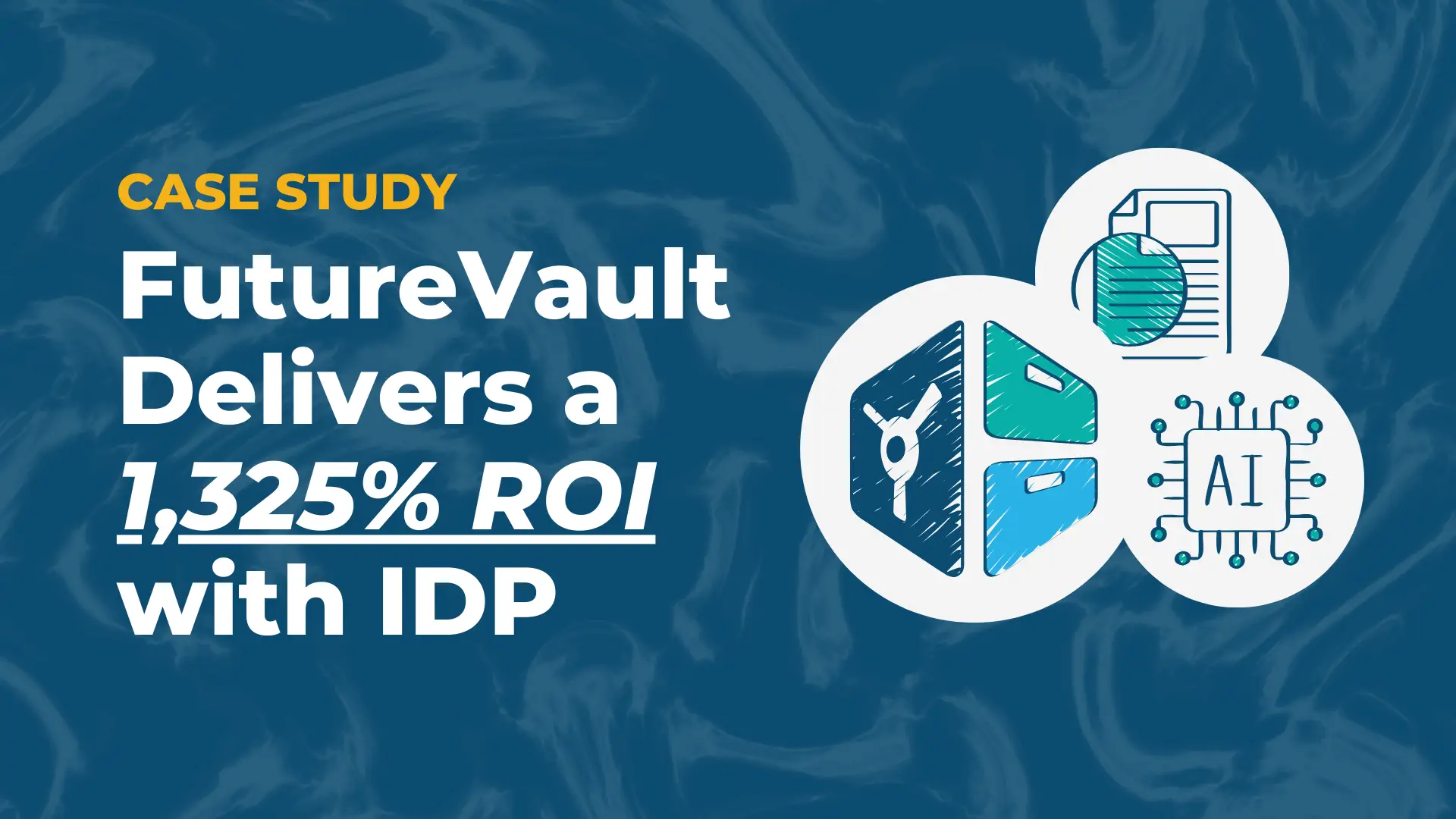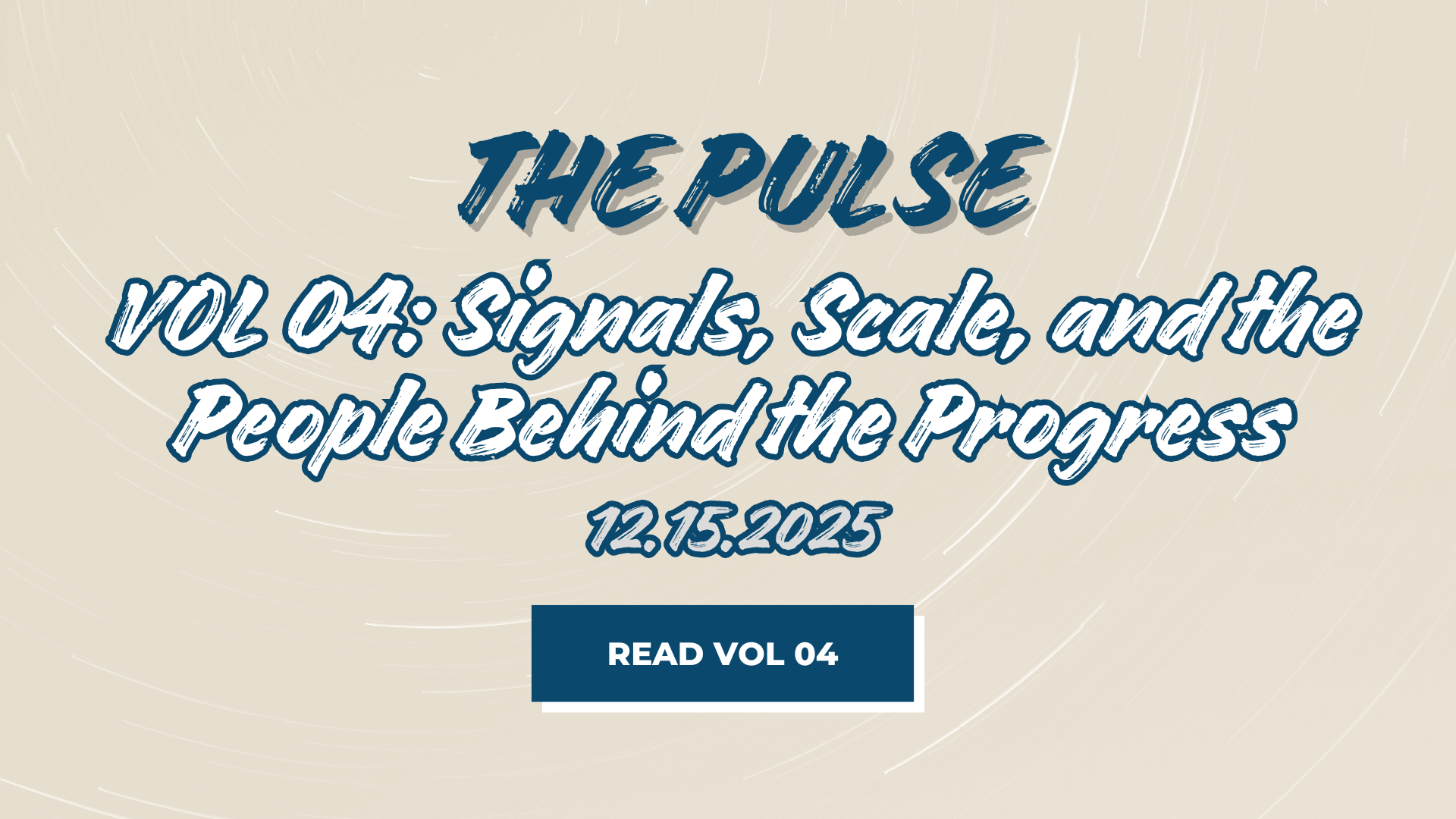Broker-Dealers and Registered Investment Advisors (RIAs), along with other financial services and wealth management organizations, face several books and records compliance challenges that impede business efficiency and that can lead to detrimental consequences on their businesses — but they shouldn’t have to.
Here at FutureVault, our team spends a fair of time in deep discussions with Broker-Dealers, RIAs, Financial Institutions, and Family Offices who are looking to adopt and implement our secure digital document vault solutions for a variety of reasons that bring value to many different areas of their business.
One of those reasons—and a very good one at that—is books and records compliance. Specifically, with respect to helping firms and their advisors confidently meet and demonstrate books and records and document management compliance of regulatory bodies including FINRA, the SEC, IIROC, the OSC, and more.
With several technical books and records compliance requirements, along with ongoing updates and amendments to existing rules provisioned by the likes of FINRA and the SEC, come many different challenges and concerns along the way.
Thankfully, as a result of where we “sit” in the industry and the relationship(s) we have with industry experts, we can confidently say that we have our finger on the pulse with respect to understanding the challenges firms are up against as it relates to managing and demonstrating books and records compliance.
Note: While this article mentions and references FINRA and SEC books and records compliance, the challenges (and solutions) are applicable regardless of regulatory authority.
6 Common Books and Records Compiance Challenges
From what we continue to see, hear, and witness quite frequently through conversation and direct experience with the firms we work closely with, below are six of the most common challenges and concerns when it comes to books and records and document management compliance.
1) Ensuring proper retention for all record types
Regulation outlined in SEC 17a-4, sections a-e, specify the requirements for preserving records. Organizations must ensure that they have the capacity to retain all relevant documentation and records for a minimum of at least six (6) years, adhering to these rules. Wealth management and financial services firms must capture and archive all transaction-related data, including structured and unstructured records such as invoices, contracts, statements, and so forth.
According to Rule 17a-4, firms must keep records of transactions on indelible media, and index them, making them immediately accessible for two (2) years, followed by a minimum of six years of accessibility. It’s also important to note that duplicate versions of critical records must also be kept for the same duration.
Network drives, physical paper, and other legacy-based systems pose significant challenges, risks, and even financial burdens that make it difficult for firms and their staff to ensure retention periods are being met and evidenced.
2) Storing records in a non-rewriteable, non-erasable format (W.O.R.M. requirement)
In accordance with SEC Rule 17a-4(f), electronically stored content must be preserved using a non-rewriteable and non-erasable format that requires W.O.R.M. storage.
W.O.R.M. (or WORM) stands for Write Once Read Many, indicating that any information saved in WORM-compliant storage cannot be modified, tampered with, or deleted. Compliance with SEC 17a-4 mandates this standard under FINRA regulations to guarantee that all records related to business operations remain unalterable.
On October 12, 2022, the commission passed a proposed amendment that provides a modern alternative option for storing and handling books and records on WORM or immutable media. The alternative involves saving regulated records with an audit-trail capability.
This amendment to Rule 17a-4(f) requires a broker-dealer who employs an archive or electronic records management system to ensure that the system satisfies either the audit-trail requirement or the WORM requirement.
If the audit-trail option is chosen, the broker-dealer must utilize a records management system that preserves regulated records in a way that allows for the recreation of the original regulated record in case of corruption, modification, or deletion.
3. Scattered and disparate systems being used to manage and archive documents
The continued and prevalent use of disparate systems poses several challenges in and of itself, including an inability to effectively discover and retrieve records or even at all.
Compliance with Section 17a-4(j) requires the capabilities of firms to discover and retrieve records. Nonetheless, records may become misplaced among various systems because not all content is identifiable or retrievable without appropriate tools. The inability to search and access critical documentation and records poses a significant risk of non-compliance and leads to poor operational processes.
Physical paper records and documents pose another risk; appropriately storing and retaining physical office records for the required two-year period as specified in SEC 17a-4(l).
Here’s what we see as one of the biggest concerns, and quite frankly, far more often than we should; different (multiple) recordkeeping and document systems being used for the different types of documents at the different levels of an organization.
What exactly do we mean by this?
Oftentimes, one platform or system might be used to manage and access head office, enterprise, and compliance documentation. Another system might be in place for advisors to manage their business documents and to receive documents from the head office or their Broker-Dealer. And a third or even fourth platform might exist to support the delivery, access, retrieval, and management of critical client documentation such as tax documents, estate plans, and account statements.
This leads to significant issues in the long term, making it incredibly difficult to stay compliant or demonstrate compliance, let alone the many red flags from an operational, experience, and workflow perspective.
4. Inability to efficiently evidence documents and conduct internal/external audits
The above challenges that we’ve already discussed can make it next to impossible to efficiently evidence documentation, especially on-demand and within appropriate timelines.
When you combine that with poor internal and external audit practices or rather an ability to sufficiently provide materials and required documentation to auditors in a timely manner, then you’re only setting yourself up for a poor audit review and running the risk of auditors flagging your business, or worse, delivering fines.
To avoid fines, loss of certification, loss of credibility, and damaging press coverage, organizations must be able to conduct periodic internal and external audits with FINRA to prove that they are SEC-compliant.
The timeliness of an audit, and the ability to deliver evidenced documentation on demand, in one centralized location, with no issues whatsoever, signals to auditors and authorities that your firm has polished processes and importantly, demonstrates compliance.
The opposite is also true; slow responses and slower-than-expected delivery of critical evidence (documents) often signal to auditors that something might be going on behind the scenes and can be seen as a risk to regulatory authorities.
5. Data and document ownership and access control
Really what we are referring to here is that the custodian partner (oftentimes multiple custodian partners) cannot — or rather should not — be the owner where client documents reside.
Broker-Dealers, RIAs, and every advisor is ultimately responsible for these documents and must maintain those records confidently.
We have seen, in far too many circumstances that it’s somewhat scary, firms being under the impression that client data and documents are safe in the hands of the custodian. While there is some truth to this, the fact of the matter is that Broker-Dealers, RIAs, and every advisor is ultimately responsible for these documents and must maintain those records confidently.
Not only is having ownership over documents on a platform of your own a good habit, practice, and experience for your clients, it falls in line with the requirements of regulatory authorities.
For firms that have multi-custodial relationships (partnerships), having complete control and flexibility over client documentation (statements, account opening documents, tax documents, etc) will provide you with a ton of confidence and support from an operational lens.
6. Use of non-secure and non-compliant document exchange tools
Last but certainly not least on our list of challenges and concerns, we continue to witness and see widespread use of non-secure and non-compliant file-sharing tools and practices still being used almost daily by firms, their advisors, and key staff members.
Surprisingly, or maybe not so much, email continues to be a massive culprit, likely due to familiarity, that puts client information, data, and documents at risk when shared and exchanged using this method.
We recently shared a “horror story” and a real-life anecdote of a financial advisor that shared sensitive financial and personal information over email to their client which ended up being delivered to that advisor’s entire client list. Ouch! You can read the story here if interested.
Overcoming Books and Records Challenges to Meet SEC 17a-4 Compliance with FutureVault
The challenges and concerns mentioned above are no joke. They can land firms in boiling hot water and can lead to:
- Massive fines
- Mistrust from existing clients
- Reputational risk in the industry
- Suspension or loss of licenses
Thankfully, solutions like FutureVault exist to help organizations overcome these challenges to meet and demonstrate compliance with confidence, along with providing massive value by improving operational efficiency and by delivering an enhanced digital client experience.
Let’s take a look at precisely how firms can overcome these challenges with FutureVault.
1. FutureVault can automate the retention and disposition of all record types to ensure SEC 17a-4 compliance
FutureVault’s cloud-based secure digital document vault makes it easy for any and all types of firms to confidently meet and satisfy the different retention requirements through automated configuration. Being able to back up and retain all your information ensures not only SEC 17a-4 compliance, but overall security while giving you a full picture of your enterprise, advisor, and client data and documents as a whole.
This includes vendor-related documentation, advisor documents and statements (commission reports), email-based communications, client statements and quarterly performance reports, tax documents, account opening documentation, emails, any structured data (ex: spreadsheets) or unstructured data (ex: scanned pdfs, images, text-based docs), and so forth.
FutureVault leverages Optical Character Recognition (OCR) technology to allow for the effective filtering, searching, and retrieval of critical data, information, and documents. Even scanned (via the mobile application) or uploaded images are processed OCR for text extraction, allowing for the complete search of text within image-based files.
FutureVault’s DR4 framework enables firms and advisors to exceed security standards and regulatory requirements. This framework is all about preserving the security and integrity of confidential information and documents:
Document retention: FutureVault maintains historic copies of your data and your client data to follow your own compliance framework and the requirements set out by the authorities that regulate your organization.
Data residency: With FutureVault, your data is encrypted and backed up in different regions, ensuring your data residency requirements are met.
Data redundancy: In addition to constant backups, documents are replicated and converted into PDFs once ingested into the platform, with the original document being maintained.
Disaster recovery: Our backup and disaster recovery plan meets stringent requirements to prevent data loss and interruption.
Read more about FutureVault’s platform security and compliance overview.
2. WORM Storage to prevent alteration or deletion of documents
Making the content immutable after the initial write is critical to prevent any tampering or deletion so it is truly locked in and compliant with SEC 17a-4. In FutureVault, every and any document that makes its way into the Vault is meant to be delivered in its final form, and as a result, documents delivered to clients (as an example) by advisors or administrative users cannot be deleted, removed, or altered in any way.
Documents that are automatically ingested into the Vault via integration and APIs from third parties such as custodians, portfolio management solutions, and so forth, are delivered in an unalterable format to ensure that they too cannot be deleted, removed, or tampered with once delivered in order to meet WORM storage requirements.
3. Audit trail functionality on every document
Every single document that exists within the FutureVault platform contains an associated audit trail that tracks and records all activity related to each document, in real time. This audit trail cannot be edited, removed, or tampered with by any user on the platform.
Each audit trail provides data that includes:
- the user name (and ID) who performed the action;
- the type of action performed (upload, download, share, view, etc.,); and
- a timestamp of when the activity took place
Audit trails make it easy to conduct internal and external audits by providing evidence of the activity associated with documentation and data being reviewed and that is necessary to demonstrate compliance with SEC17a-4 regulation.
Not only do audit trails demonstrate compliance, but they also provide an additional layer of transparency, accountability, and peace of mind.
4. Single and bulk export capabilities
FutureVault provides powerful search capabilities at the document, folder, and contact levels, allowing for easy access and discovery of all content.
This is made possible by automatic Optical Character Recognition (OCR) technology and text extraction for image-based files.
All documents, including emails, scanned PDFs, and images with handwritten markings, can be exported and downloaded individually or in bulk at the folder level, enabling quick and easy retrieval on demand.
Audit trails associated with documents can also be exported in bulk, on request, for recordkeeping purposes and to provide to regulatory authorities as requested.
5. Single source of truth for all enterprise, advisor, and client records
For the majority of our clients, the FutureVault platform has become the single source of truth for all critical documentation; enterprise, advisor, and client documents.
Our multi-tiered platform architecture is what makes this possible; this essentially means that there are different levels, roles, and access permissions for the different levels of an organization.
At the head office/back office level (which includes Broker-Dealers), administrative users can retain, store, manage, and access all critical enterprise and compliance-related documentation. Head office teams can also exchange documents with advisors and view document exchanges between advisors and clients.
At the front office or advisor level, advisors can manage their critical business (practice) documentation, exchange and share documents with their home office or Broker-Dealer, and can engage in securely delivering and exchanging documents with clients.
At the client and household level, clients are provided their own client-facing digital vault (the Personal Life Management Vault™) where they can manage, share, access, and exchange the necessary documents related to the business relationship between them and their advisor.
As a firm, having access to all of these different levels and types of documents enables you to move away from the use of multiple, disparate systems, to now taking advantage of a single source of truth for all types of records.
6. Secure and compliant document exchange tools
With secure document exchange tools and functionality, FutureVault helps firms, advisors, and clients protect sensitive information exchange by ensuring that all exchanges take place within the Vault, for efficiency and security purposes. This also ensures that all information and document exchanges that do take place are tracked via the audit trail functionality, ensuring compliance coverage and peace of mind.
Features and tools include, but are not limited to:
- Secure document checklists
- Inbound-only unique email forwarding
- Encrypted file-sharing link
- Automated document delivery with integration and APIs
- Secure bulk upload capabilities
- Global Folders and pre-populated documents
7) Streamline audits with secure permissions to auditors
FutureVault’s patented Trusted Advisor permissioning model enables firms to securely grant permissions to third parties involved in various areas of their business, including external audits by organizations such as FINRA and the SEC.
Trusted Advisors are granted access to discrete portions of the Vault that they are permissioned into, allowing them to view, access, and manage content and documents depending on their level of permissions.
All activities performed by Trusted Advisors, including auditors, are tracked and recorded in real time through the audit trail functionality.
By providing a centralized environment for auditors to conduct examinations, firms can confidently demonstrate compliance and respond to document requests in real-time, on demand.
Another proven way to help streamline the entire audit process is by switching your onboarding process to a digital onboarding provider to ensure compliance across the board, better back-office handling, recordkeeping, and an overall better experience.
Final words about meeting books and records compliance
Maintaining proper books and records compliance is crucial for businesses of all sizes and types.
Not only is it required by law, but it also plays a vital role in establishing trust and credibility with clients. By keeping accurate and up-to-date records, businesses can demonstrate their commitment to transparency and accountability, as well as their ability to operate efficiently and effectively.
With the advent of cloud-based digital solutions such as digital document Vaults, firms can automate and streamline record-keeping processes, reduce the risk of errors, omissions, and non-compliance, while also improving overall productivity and cost-efficiency.
In today’s fast-paced and highly regulated environment, staying compliant with books and records regulations is no longer optional. It’s a necessary part of doing business that can help ensure long-term success and growth.
Want to learn more about how FutureVault can ensure that your organization meets SEC 17a-4, or another regulation? Get in touch with our team today to book a discovery call with our Solution Experts.





